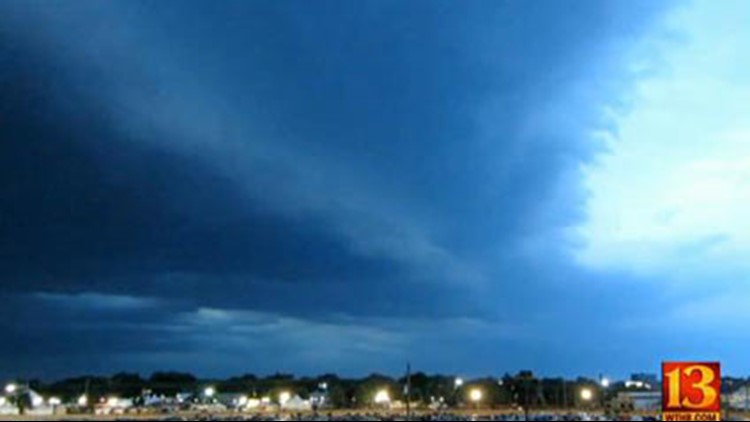The cost of the investigations into the State Fair stage collapse will exceed $2 million.
13 Investigates has learned the State Fair Commission will pay Thornton Tomasetti $1.6 million. The engineering firm found the rigging lacked adequate bracing to support its load.
Another half million dollars was paid to Witt & Associates. That company found the State Fair Commission's emergency response failing.
The top-down review of the stage collapse at the Indiana State Fair uncovered troubling details about what was going on behind the scenes as the safety of thousands of concert-goers was at risk.
Investigators say Sugarland's tour manager was fed up with a stream of off-duty State troopers walking around backstage with their families. Captain Brad Weaver was called backstage to deal with the problem "to address the issue of too many troopers backstage," explained Investigator Kenneth Mallette of Witt & Associates.
Captain Weaver said "'if there are any unauthorized people here, they are to be removed from the backstage,'" added Mallette.
As Weaver ordered troopers out backstage, Executive Director Cindy Hoye was trying to make the crucial call on whether to postpone the show.
At the same time, severe weather alerts were not being acted on.
Investigators say the State Fair Commission had a weather radio, but it was out of earshot of those who needed it most: on-duty emergency responders.
"That radio was not in the Joint Operations Center. It was in another room. To this day we cannot determine whether the radio was being monitored or even on," Mallette said with dismay.
Dispatch tapes obtained by 13 Investigates last November revealed what investigators found. At least one EMS worker in the Ops Center did get a warning from his own dispatch, but didn't share it.
"All units, all units. Severe thunderstorm warning until 9:45 for Marion County until 9:45 Use your best judgment and find shelter when needed," the dispatcher shares.
Minutes later came the stage collapse.
Investigators applaud the quick actions of on- and off-duty emergency responders.
But just as 13 Investigates first uncovered last November in those dispatch tapes, the efforts were at times clumsy and uncoordinated.
One of the audio exchanges 13 Investigates found in the dispatch tapes serves as an example:
"Give me an update on what trucks you have. What we're running into is we have multiple people that are just taking off with patients. We're having a hard time controlling it," said one responder.
While the Indianapolis Fire Department had its own incident command, investigators say there was no multi-agency plan, and at least one State Trooper on duty that night had not completed incident command training at all.
"After the stage collapsed there were multiple points of command. That is not the way you want to run an incident," concluded Mallette.
In addition to coming up with a Emergency Response Plan, Witt & Associates recommends the State Fair Commission get a private weather forecasting system, and implement an Incident Command System that clearly spells out who is in charge of emergency operations. The report also says the Indianapolis Fire Department should devise a mass casualty incident plan for the State Fair.
Indiana State Police say no disciplinary action has resulted from the night of August 13th.



